Scott #28 is a significant stamp in the United States postal series, mirroring the Type I design of Scott #12, but presented in a red brown color and with perforations. This stamp is part of the rich tapestry of American philately, providing insights into the advancements in stamp design and postal history.
Design & Print
Scott #28 exhibits the Type I design, characterized by protruding frame lines on all four sides, similar to Scott #27 but with a key difference in coloration. It shares the same design elements as Scott #12, but the perforations set it apart. Contrary to what one might assume, Scott #28 was the first of the 1857/58 5¢ perforated stamps to be issued, printed with plates from the imperforate issue, likely the 1856 plates. The color spectrum for Type I included Brick Red (#27), Red Brown (#28), Indian Red (#28A), and Brown (#29).
Postal Usage
Issued in 1856, Scott #28 played a pivotal role in the postal system of the time. The stamp was intended to cover the postal rate for a registered half-ounce letter abroad, set at 5 cents. This rate, often referred to as the “ship to shore” rate, was usually paid in cash, with the use of stamps not being mandatory. The issuance of Scott #28 was particularly geared toward this ship to shore rate to France, reflecting the specific postal needs of the period.
Identification
Identifying Scott #28 revolves around its red brown color and the Type I design with protruding frame lines on all sides. The presence of perforations further differentiates it from the imperforate Scott #12. The unique color and design features of Scott #28 make it a significant and distinguishable stamp for collectors and enthusiasts, providing a window into the evolution of stamp production and usage.
Scott #28, with its distinctive red brown color and Type I design, holds a unique place in U.S. postal history. Its introduction during a period of transition in postal practices and its specific application for the ship to shore rate to France underline its importance in the narrative of American philately. Understanding the design nuances, postal applications, and identification features of Scott #28 offers a comprehensive understanding of its role in the broader context of American postal history and philatelic collection.



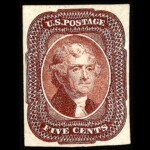

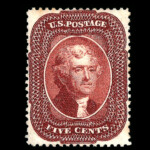
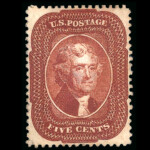
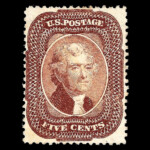
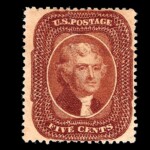
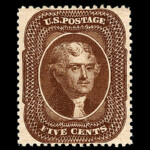
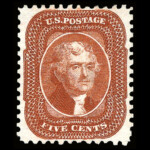
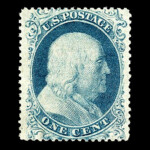
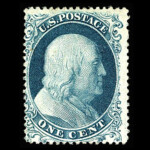
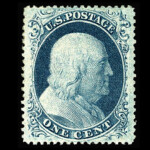
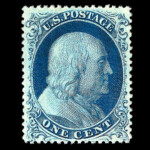
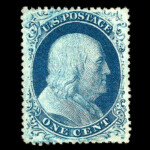
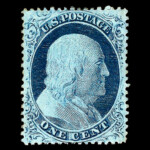
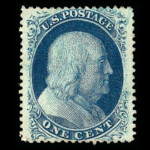
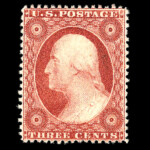
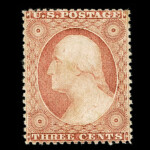
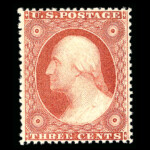
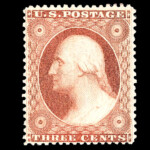
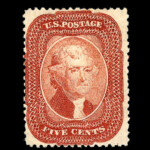
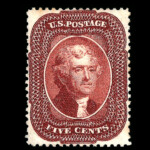
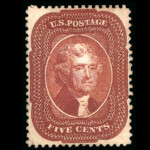
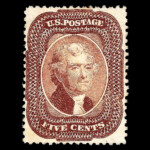
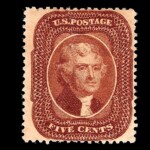
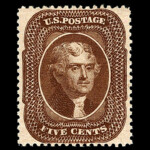
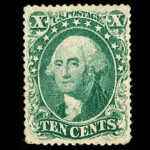
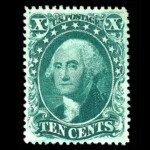
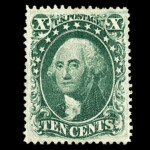
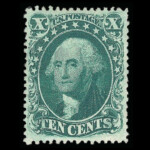
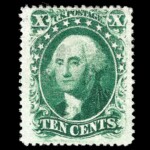
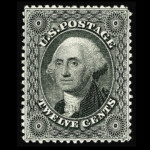
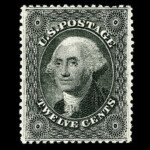

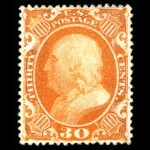
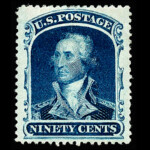









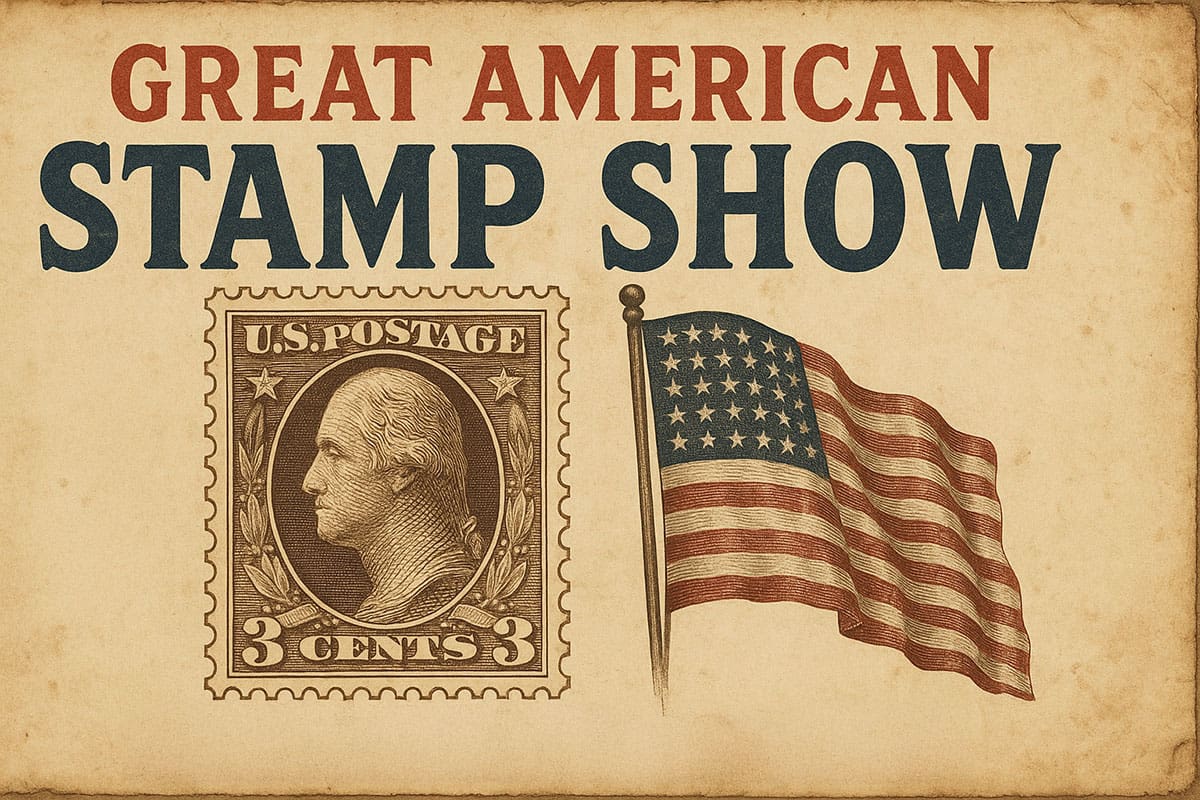


Ask A Question Or Leave A Comment